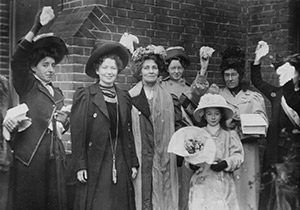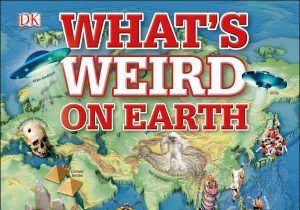
Refugee Week: Geography primary resource
This primary resource helps children to understand more about refugees and why people seek asylum…
This primary resource has been created for Refugee Week. It helps children to understand more about refugees and why people seek asylum. What is the difference between a refugee and a migrant? Why do refugees leave their homes? According to UNICEF, where is the most dangerous place in the world to be a child?
Pupils will learn about refugees around the world, and here in the UK, in our Geography primary resource sheet. The teaching resource, an article from National Geographic Kids magazine which discusses refugees, can be downloaded at the bottom of the page.
The article can be used in study group tasks for exploring a case study about a real-life refugee. It can be used as a printed handout for each pupil to review and annotate, or for display on the interactive whiteboard for use in class discussion.
Activity: As a class, ask children to discuss what they know about refugees. Have they read any books or seen any films or television programmes about refugees? Create a mind map of ideas as a class. Do any of the words they suggest need further explanation? Are there any that could be considered prejudice? Discuss these further. Pupils could imagine they have had to leave their home, school and friends to seek asylum in another country. Challenge them to write a diary entry about arriving into a new country.
N.B. The following information for mapping the resource documents to the school curriculum is specifically tailored to the English National Curriculum and Scottish Curriculum for Excellence. We are currently working to bring specifically tailored curriculum resource links for our other territories; including South Africa, Australia and New Zealand. If you have any queries about our upcoming curriculum resource links, please email: schools@ngkids.co.uk
This Geography primary resource assists with teaching the following Geography objectives from the National Curriculum:
- Pupils should extend their knowledge and understanding beyond the local area to include the United Kingdom and Europe, North and South America. This will include the location and characteristics of a range of the world’s most significant human and physical features.
National Curriculum Key Stage 1 Geography objective:
- Pupils should be taught to: use basic geographical vocabulary to refer to: key human features, including: city, town, village, factory, farm, house, office, port, harbour and shop.
National Curriculum Key Stage 2 Geography objective:
- Pupils should be taught to: describe and understand key aspects of: human geography, including: types of settlement and land use, economic activity including trade links, and the distribution of natural resources including energy, food, minerals and water.
This Geography primary resource assists with teaching the following Social Studies Second level objective from the Scottish Curriculum for Excellence:
- I can use evidence selectively to research current social, political or economic issues.
- I can gather and use information about forms of discrimination against people in societies and consider the impact this has on people’s lives.
- I can discuss issues of the diversity of cultures, values and customs in our society.
Scottish Curriculum for Excellence Third level Social Studies objective:
- By comparing settlement and economic activity in two contrasting landscapes, I can reach conclusions about how landscapes influence human activity. I can explain my findings clearly to others.
- I can use my knowledge of current social, political or economic issues to interpret evidence and present an informed view.
Scottish Curriculum for Excellence Fourth level Social Studies objective:
- I can express an informed view about the changing nature of conflict over time, appreciate its impact and empathise with the experiences of those involved.
- I can contribute to a discussion on the extent to which people’s needs should be met by the state or the individual.
- Through discussion, I have identified aspects of a social issue to investigate and by gathering information I can assess its impact and the attitudes of the people affected.
- I can analyse the factors contributing to the development of a multicultural society and can express an informed view on issues associated with this.
This primary resource also assists with promoting fundamental British values as part of SMSC (spiritual, moral, social and cultural development) in schools using the following OFSTED assessment criteria:
Through their provision of SMSC, schools should:
- – encourage students to accept responsibility for their behaviour, show initiative, and to understand how they can contribute positively to the lives of those living and working in the locality of the school and to society more widely.
- – further tolerance and harmony between different cultural traditions by enabling students to acquire an appreciation of and respect for their own and other cultures; encourage respect for other people.
Download primary resource
More Like

International Women’s Day

10 facts about
flying ants!

What’s Weird on Earth!









LEAVE A COMMENT
THANK YOU
Your comment will be checked and approved shortly.
WELL DONE,
YOUR COMMENT
HAS BEEN ADDED!
COMMENTS
CUSTOMIZE YOUR AVATAR